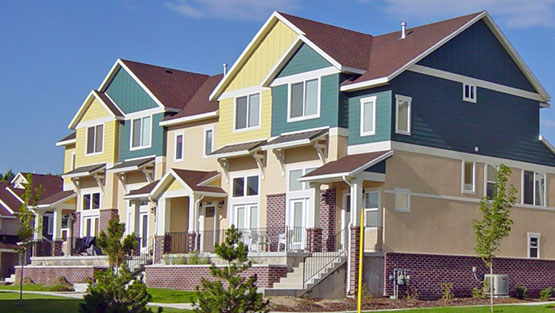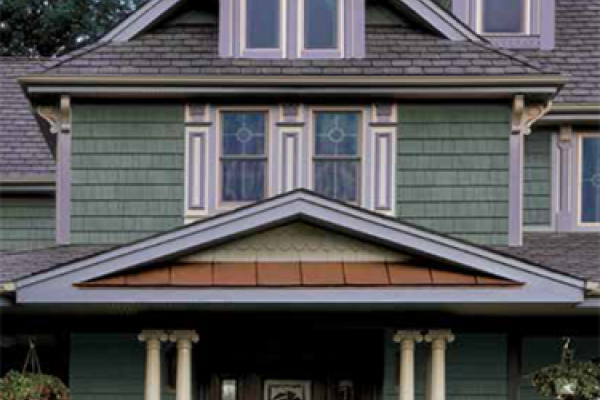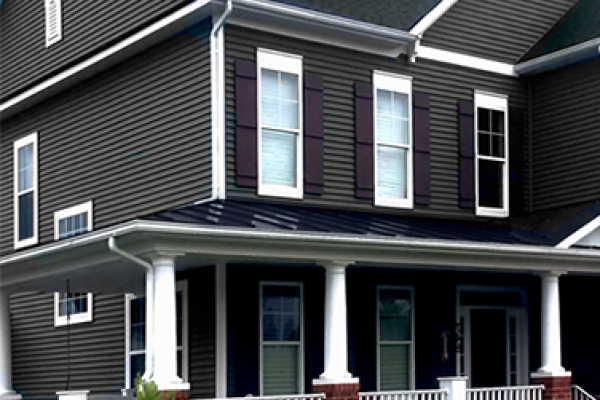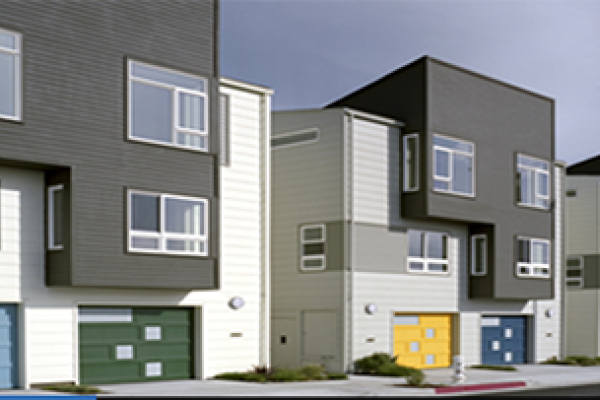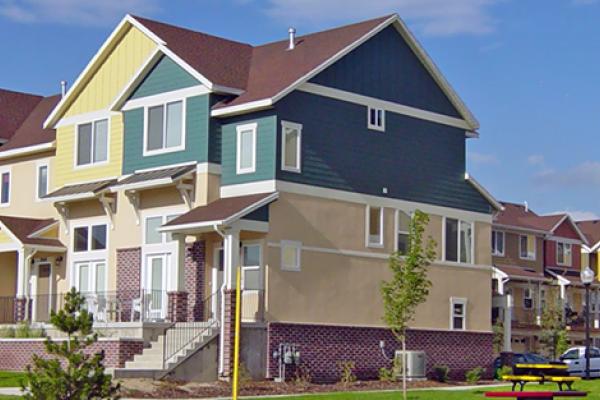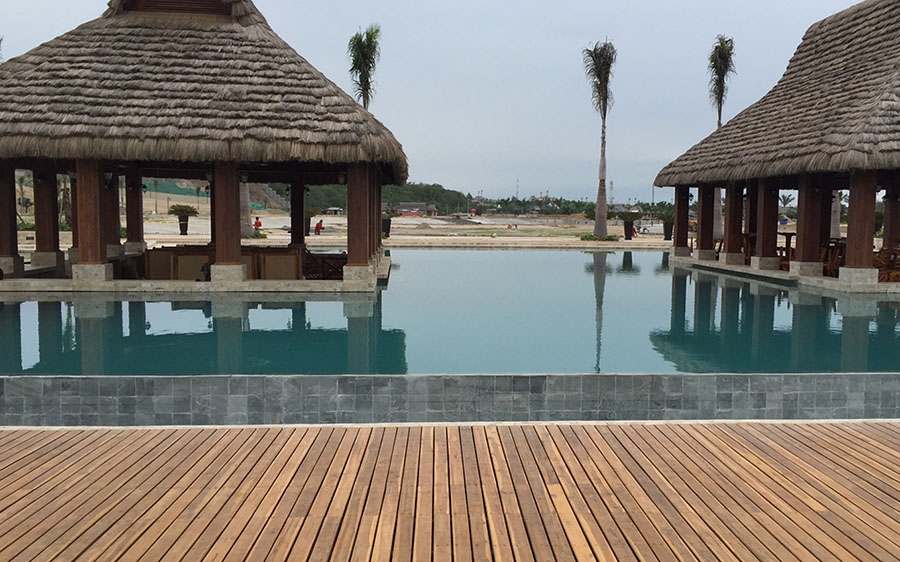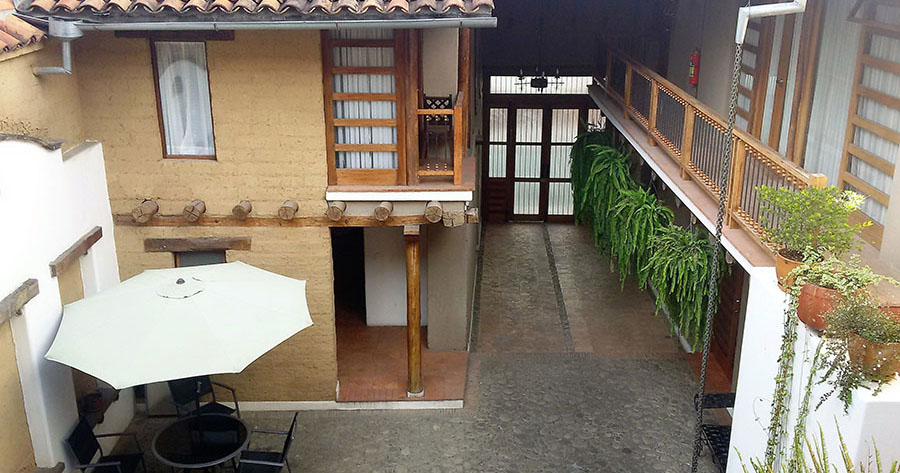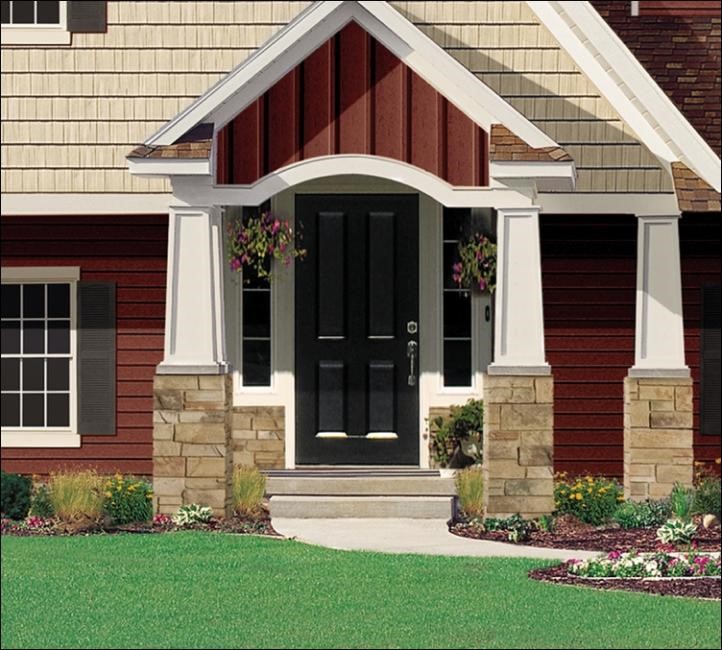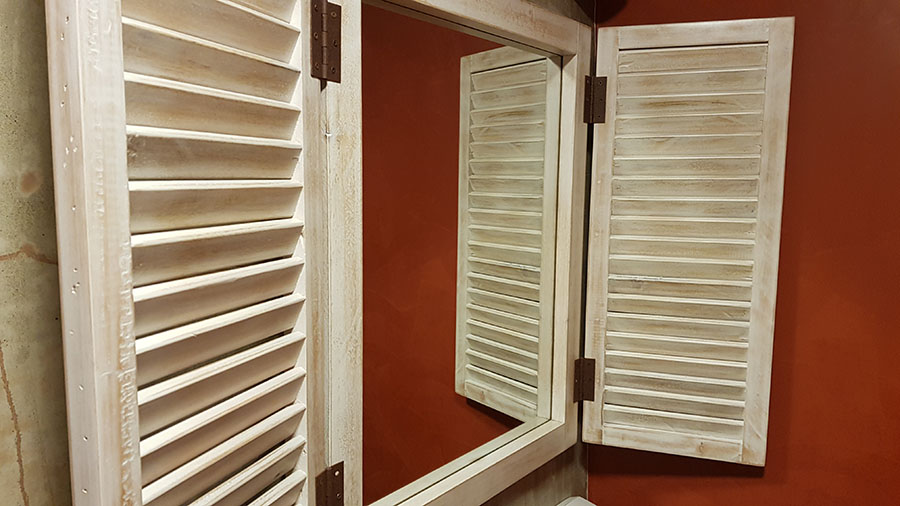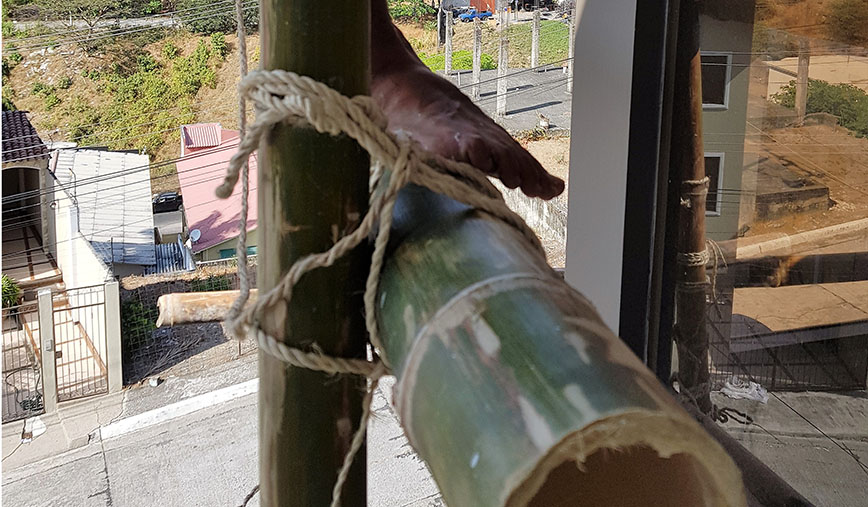Andres Duany defends the bad boy of exterior claddings, and urges the industry to up its game
Since 2010, I’ve lingered around the Vinyl Siding Institute booth during the annual gathering of the Congress for the New Urbanism (CNU), a conference of high-minded and thought-leading architects and planners that has had more impact on US city planning and neighborhood design than all other architectural movements combined.
Whether you live in a pocket neighborhood, a live-work apartment, or a traditional neighborhood with front porches and neoclassical architecture, you live under the influence of the Congress for new Urbanism. Andres Duany is arguably the father of new the New Urbanism and the movement’s most charismatic and influential figure.
I’ve had a brief one-on-one repartee with Duany every year when he comes by the vinyl siding booth to say he stands totally behind the product, but “…here’s what’s wrong with it.” And I have always wanted to publish an interview with Duany on his ideas about vinyl and how the industry could improve it.
I believe this the right time, the vinyl siding industry is ready to hear him out.
Vinyl on the Defensive
Since 2008, the real estate market has changed. Mass production housing has continued to decline, the product-sensitive millennial generation has grown up and come into its nesting years, and attitudes about higher quality vs. bigger house size have taken hold across the country.
Fighting the perception of vinyl as a lower quality material, the vinyl siding industry has found itself on the defensive, with some communities actually legislating against the use of their products. Although vinyl remains the most successful of all exterior cladding products, with nearly a third of the total siding market in the US and Canada, this market share has been slipping to fiber cement.
I’m a long-time fan of vinyl siding and I believe that the derogatory concepts leveled by some are untrue. In fact, the technical and environmental objections to vinyl siding are mistaken.
The industry has the science and extensive testing to prove it–the product is not flammable, it’s not toxic, the manufacturing does not impact the environment any more than wood siding, and a lot less than competitors like masonry and fiber cement.
But at the end of the day, most of the architects I speak with still dislike the product.
Duany’s Dilema
At the booth I hear the sad truth: “They hate vinyl siding here,” Andres Duany tells me, referring to the crowd of architects milling around the exposition hall, “…but I love the product because it represents the future,” he said.
Duany has listened to the vinyl siding pitch with an open mind. He readily admits “…all the technical issues have been resolved.”
And he’d like to use vinyl siding on the 175,000 homes he claims he has under commission at DPZ, his architectural firm, “…but it will have to do much better job than this,” he says, as he picks up a piece of brick molding from the assorted trims on display.
He holds the profile at eye level and points to the molding’s silhouette… “The proportions are off,” he explains, “This part should be wider, this cut is not deep enough, the angle is wrong. You can’t see the shadow lines.”
Tiny stuff for the layman, but important to an architectural expert.
Duany picked up, touched, smelled and pressed on virtually every profile on the table, showing me the imperfections.
“Nobody here will take this seriously until they fix the details,” he said. A crowed gathered, as they always do when Duany holds court, and among those listening, Duany introduced me to Robert Adam, author of “Classical Architecture,” and one of the leading architects of London.
Adam echoed Duany’s sentiments, and explained, “The vertical details always give it away,” referring to some of vinyl’s telltale characteristics, such as multiple laps on a single panel, resulting in a stack of vertical joints, something never occurring with wood clapboards.
I pointed to a sample of bead mold, a one-lap vinyl siding profile that actually mimics the real thing fairly well. Neither Adam nor Duany had ever seen this profile, and they took to it immediately. Soon Steve Mouzon joined the group, and animated discussion began about what manufacturers could do to make vinyl siding appealing to architects.
The Challenge to Industry
Steve Mouzon, author of “The Original Green” set the guidelines for any manufactured product that mimics a natural material with a two-step scale:
“On the lower level of a building, I use the arm’s length rule. The product has to be as convincing as the real material at arm’s length,” he explains. "At the second story level, it must be such that I can’t see anything wrong with it at ten feet.”
Everyone seemed to agree that this was a good criteria. Adam recounted his experience with a British manufactured stone that architects rejected until the company came out with a line they call the James Gibbs Range after the beloved English architect, and now… “All the architects are specifying the company’s James Gibbs line for buildings all over London,” Adam explained.
The company is Haddonstone.
Duany picked up on the theme, and said that vinyl siding had similar problems that metal siding used to have.
“Architects hated metal siding, too, because it looked like wood, and architects don’t like products that fake it.”
But then the metal siding folks came out with corrugated metal siding, and rusting finishes, and rectangles of hammered tile and other materials that looked like metal and pretended to be nothing else, and now “…architects drool over this stuff.”
So Duany made a proposal, he said the industry has to do two things:
The first is to hire the right people to help design a line of architecturally correct profiles and trims. “You can keep making all the rest of this, but at least one line has to be accurate, and guys like us will endorse it and give it our seal approval.” Duany proposed a trademark such as TCP for “Traditional Construction Pattern” to tell the architectural consumer this bracket, or this brick mold, or this particular clapboard gets it right and you can believe it because it passed muster with the experts.
But the vinyl siding industry must do something else, he admonished, something the industry has refused until now.
Celebrate your product
Just like the steel siding industry, Dunay challenged the vinyl siding manufacturers to explore siding products unique to the inimitable qualities of their material. This could be a line of architectural products created by and branded under a renowned architect’s name, or simply new lines, such as diagonal siding, or modern shapes.
Perhaps this would have a limited market at first, but would give credibility to industry that severely lacks architectural panache.
Duany was thrilled by the thought, as he imagined the possibilities, and offered to enlist the biggest names in architecture to the challenge of designing some truly exciting vinyl siding lines—perhaps modern shingle patterns that no other material could mimic, siding with waves or interlocking geometric shapes—plastic cladding that architects would embrace with passion, and… maybe even drool over.
Mouzon got turned on, too, and chimed in with the example from the roofing industry, which makes a line of laminated, asphalt composition roofing shingles that, “Attempts a hideous imitation of cedar shake,” Mouzon said, But they used to make–“and hopefully will bring back”–truly beloved materials such as T-Lock shingles and the old hexagon pattern.
Adams brought up plastic laminates, which used to imitate butcher block and ceramic tile, but found success once they started putting boomerang patterns on the products, and other finishes only their unique photographic process could achieve.
In conclusion, the architect’s challenge to the vinyl siding manufacturers could be summed up in two sentences. If you’re going to imitate traditional wood siding, get the details right. And show us what you can do esthetically better than any other product can. Duany, Mouzon and Adam stand willing to help, if the industry is ready and willing to listen
Fast-forward One Year
I wrote the piece you just read a year ago, but found no occasion to publish it—until now.
This week in fact, the Vinyl Siding Institute is sponsoring a sit-down with Andres Duany and vinyl critique Steve Mouzon at the Detroit Museum of Art.
The point is to discuss what can be done to make the product better, and to encourage architects–and others—to look at what we will call “architectural polymers” from a brand new perspective.
It’s a challenge, but the industry and the architects seem willing to take it on.
I’ll let you know how it goes.
— Fernando Pagés Ruiz is ProTradeCraft's Latin America Editor. He is currently building a business in Ecuador and a house in Mexico. Formerly, he was a builder in the Great Plains and mountain states. He is author of Building an Affordable House and Affordable Remodel (Taunton Press).
